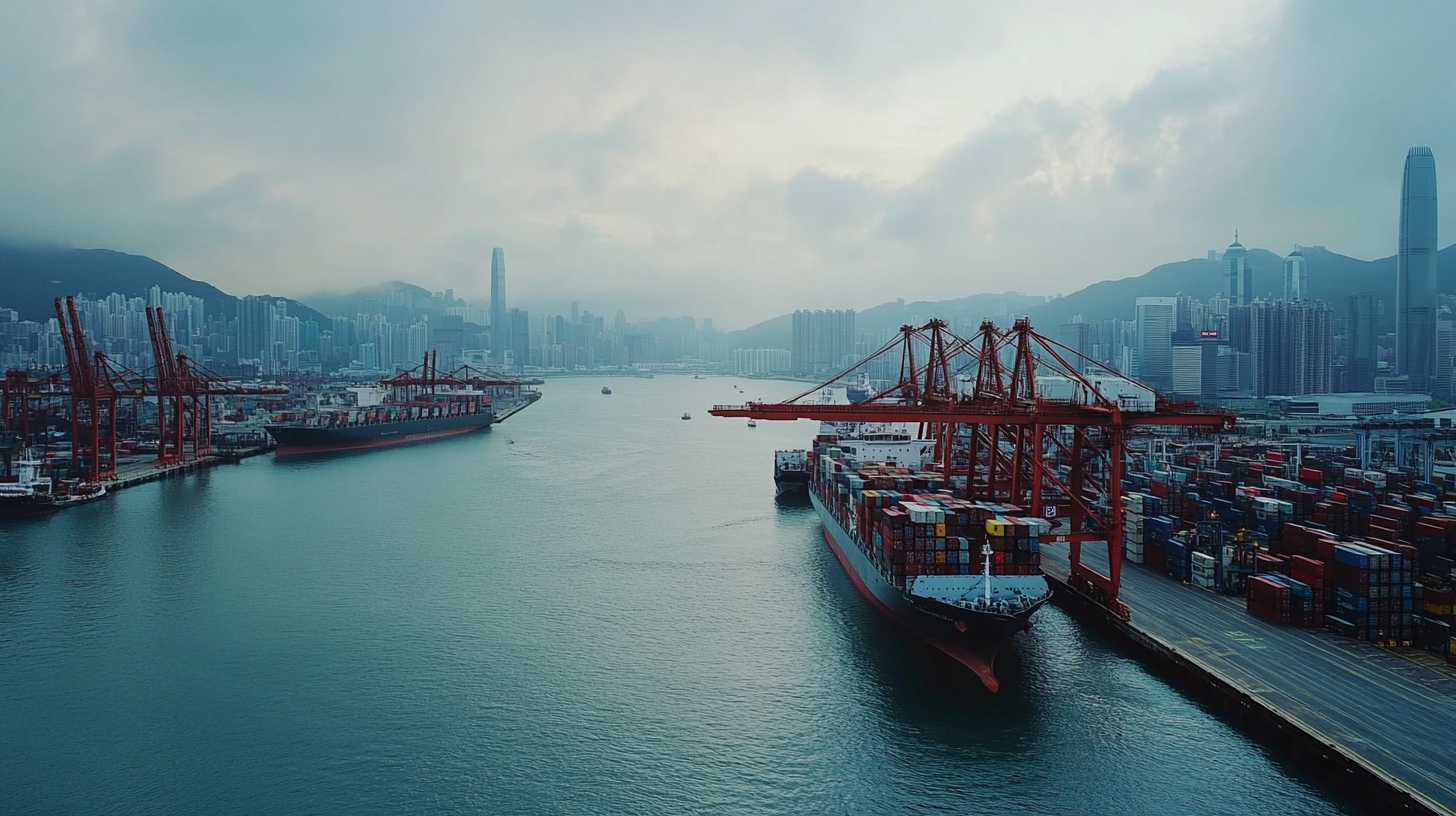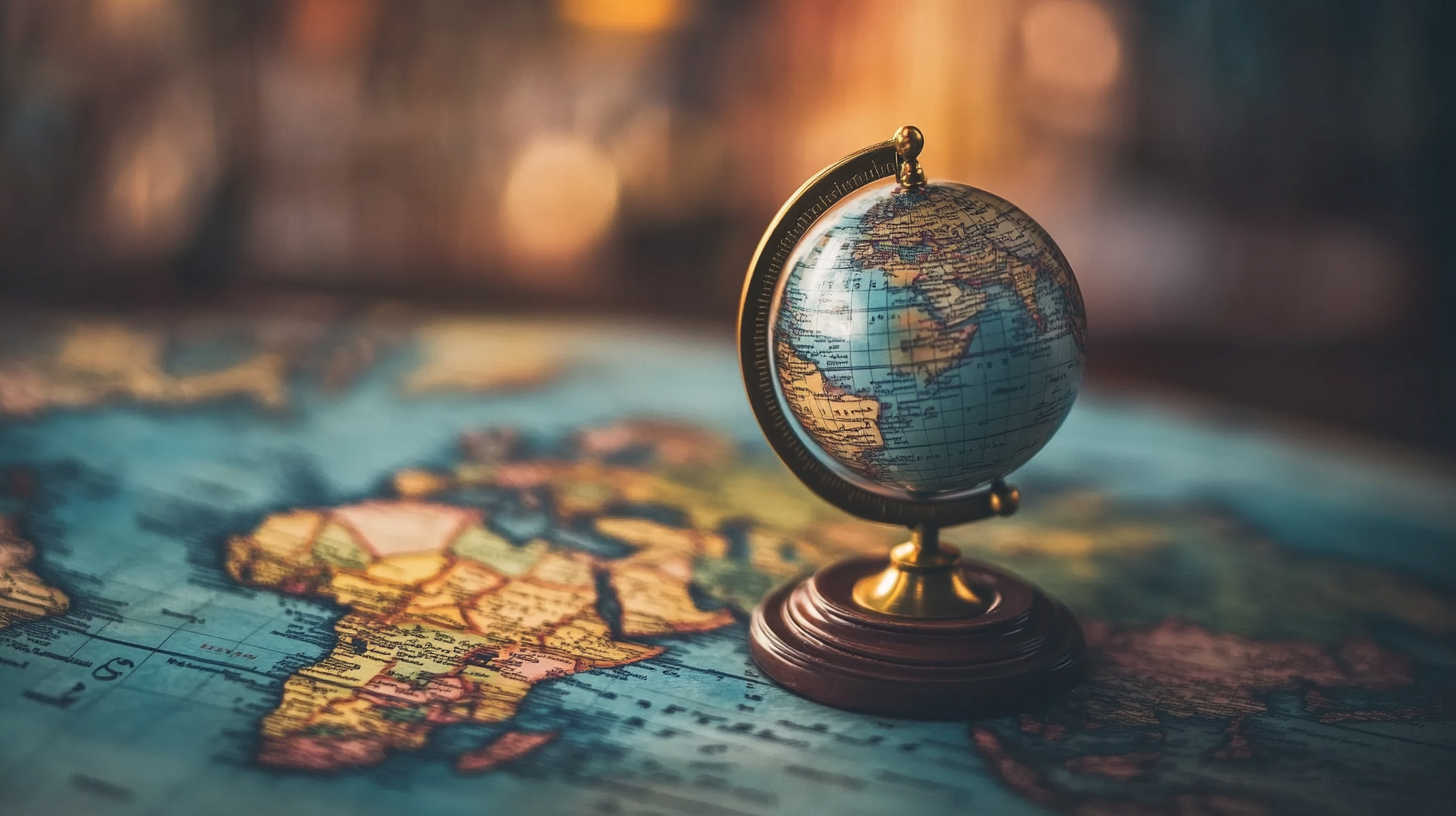In an increasingly interconnected world, the import and export of medical devices like the Portable Suction Device is becoming a vital aspect of healthcare logistics. As global trade expands, navigating the complex web of regulations surrounding medical equipment can pose significant challenges for manufacturers and suppliers. Different countries have varying standards and compliance requirements, which can impact the speed and efficiency of bringing these critical devices to market. This blog aims to provide insights into the regulatory landscape for Portable Suction Devices, highlighting the necessary steps for compliance, the importance of understanding local laws, and best practices for ensuring a smooth transaction across borders. By addressing the intricacies of global trade regulations, this guide will assist stakeholders in making informed decisions and optimizing their import-export strategies in the competitive medical device sector.

In the dynamic landscape of international trade, compliance with global regulations is paramount, especially for industries dealing with specialized medical equipment like portable suction devices. Understanding the importance of compliance goes beyond merely adhering to laws; it fosters trust between manufacturers, distributors, and consumers. By following the regulations set forth by international bodies, businesses can ensure that their products meet safety and quality standards, which ultimately enhances their reputation in the market.
Failure to comply with trade regulations can lead to severe consequences, including hefty fines, product recalls, and even bans on future imports or exports. Companies must stay informed about the evolving legal framework affecting their operations. Emphasizing compliance not only mitigates risks but also opens up new avenues for market expansion. When manufacturers prioritize adherence to regulations, they can better navigate customs processes and engage in smoother international transactions, thereby positioning themselves as reliable partners in the global market for portable suction devices.
Navigating the complex landscape of global trade regulations for portable suction devices requires a keen understanding of key regulatory bodies that govern their import and export. In the United States, the Food and Drug Administration (FDA) plays a pivotal role in ensuring that medical devices, including portable suction devices, meet safety and effectiveness standards before they can enter the market. The FDA categorizes these devices according to their risk level, influencing the regulatory pathway manufacturers must follow, from premarket notifications to full approval processes.
In Europe, the regulation of portable suction devices falls under the purview of the European Medicines Agency (EMA) and the new Medical Device Regulation (MDR). These regulations encompass comprehensive guidelines concerning clinical evaluation, post-market surveillance, and the responsibilities of manufacturers. Understanding the nuances of these regulatory requirements is essential for companies looking to expand their market reach in Europe and ensure compliance with stringent directives.
Additionally, in other regions such as Asia and Latin America, various health authorities impose their own regulations which may differ significantly from FDA and EMA standards. For instance, countries like Japan and Brazil have their specific agencies—PMDA and ANVISA, respectively—that oversee the approval process for medical devices. Navigating these diverse regulatory environments can be challenging, making it imperative for exporters to stay updated on each region's legal requirements to facilitate smooth trade operations.
| Regulatory Body | Country/Region | Regulation Overview | Certification Required |
|---|---|---|---|
| FDA | United States | Portable suction devices classified as Class II devices. | 510(k) Premarket Notification |
| CE Marking | European Union | Must comply with Medical Device Regulation (MDR). | CE Marking Certification |
| TGA | Australia | Portable suction devices are regulated as medical devices. | Registration and Quality Assurance Certification |
| Health Canada | Canada | Regulated under the Medical Devices Regulations. | Medical Device License |
| NMPA | China | Must comply with the Chinese Medical Device Regulations. | Medical Device Registration Certificate |
Importing and exporting portable suction devices can be a complex endeavor due to a plethora of global trade regulations. One of the primary challenges faced by companies in this industry is navigating differing standards and compliance requirements across various countries. Each nation may have its own certification processes for medical devices, leading to confusion and potential delays in shipments. Manufacturers must conduct thorough research to ensure their products meet the specific regulations outlined by both domestic and international bodies, such as the FDA in the United States or CE marking in the European Union.
Another significant hurdle is the tariffs and trade barriers that can unexpectedly affect the cost of doing business. Fluctuating tariffs may arise from changing diplomatic relationships or shifts in trade policies, making it difficult for companies to forecast expenses accurately. Additionally, customs clearance processes can be lengthy, with varying documentation requirements that must be meticulously followed to avoid costly delays. As a result, companies must invest time and resources in understanding these trade regulations, often leading to the need for specialized expertise in international trade logistics.
This pie chart illustrates the common challenges encountered in navigating global trade regulations specifically for the import and export of portable suction devices. The challenges include regulatory compliance, customs delays, documentation issues, tariffs and duties, and adherence to quality standards.
Effective documentation and record-keeping are critical components for navigating global trade regulations, particularly in the context of importing and exporting portable suction devices. Companies must maintain comprehensive records to comply with regulations set forth by various authorities, such as the DEA, which is essential for drug diversion prevention. Leveraging advanced records management systems can help organizations store vital documents and automate retention schedules, ensuring adherence to legal requirements. According to recent studies, organizations that employ systematic record-keeping practices are 50% more likely to comply with regulatory demands.
Moreover, implementing a robust document management strategy can significantly enhance operational efficiency. As per recent surveys, healthcare organizations that digitize their records reduce retrieval times by up to 80%. This not only streamlines the compliance process but also secures sensitive patient information, in line with HIPAA requirements. Effective documentation also aids in strategic decision-making and mitigates risks associated with non-compliance, making it essential for organizations engaged in global trade of medical devices to invest in reliable document management solutions.

As the landscape of global trade regulations continues to evolve, the medical device sector, particularly for portable suction devices, must stay ahead of the curve. Increasingly stringent compliance requirements, driven by international bodies and national governments, are reshaping how these devices are imported and exported. Key trends indicate a move towards standardized regulations designed to enhance safety and efficacy, while also promoting innovation in device design and manufacturing. This shift is not only essential for patient safety but also paves the way for more seamless global trade.
Another significant trend is the rise of digital platforms that facilitate regulatory compliance. As manufacturers leverage technology to streamline submissions and track changes in regulations, they can respond more quickly to market demands. Moreover, with the growing emphasis on sustainability, there is a pressing need for regulations to address environmental impacts across the entire lifecycle of medical devices. Stakeholders in the medical device industry must anticipate these changes, adapting their strategies to navigate the complexities of global trade effectively, ensuring that they meet emerging regulatory standards while remaining competitive in an increasingly globalized marketplace.

